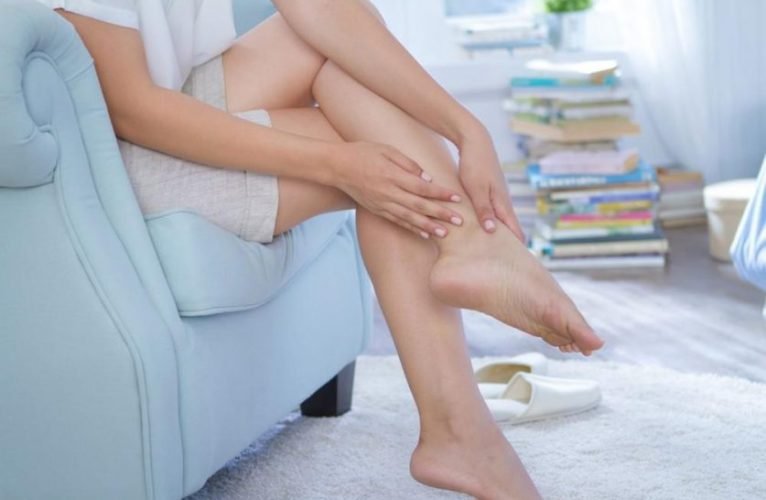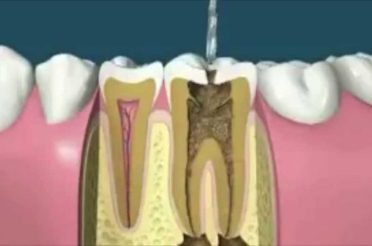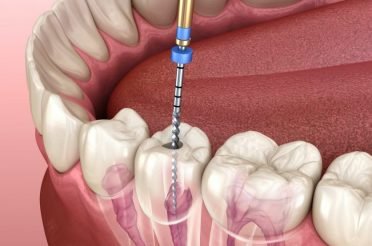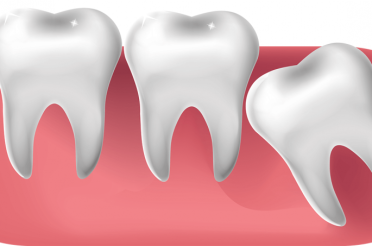How Much Varicose Vein Treatment Costs Without Any Insurance?

Nowadays, insurance companies have started including varicose veins treatment as a non-cosmetic. Fortunately, many insurance companies cover varicose vein procedures if they are deemed medically rather than cosmetic surgery. When is Varicose Vein Removal Deemed Medically Necessary? Or are varicose vein treatments covered by insurance?
Most insurance companies will ask for results and review with an authentic doctor and an ultrasound scanned report for treating the varicose veins. Initially, the doctor will conduct all digital scans, including ultrasound. Your doctors will examine these reports for swelling ulcers, heaviness, or backward flow. If the treatment is deemed medically necessary, the insurance company will cover costs. And many insurance companies require some conservative treatment or prescription. If you feel any symptoms, you need to visit a vein specialist. How Much Does Varicose Vein Treatment Cost?
When is Varicose Vein Removal Deemed a Cosmetic Treatment?
Most of the time, insurance companies sometimes deem a varicose treatment as a cosmetic. However, suppose the veins issue affects a small area (in diameter) and is also nonsymptomatic. In that case, the insurance will wave off the total cost. But if an insurer finds treatment entirely cosmetic, the patient will have to pay the full cost. For example, superficial spider veins usually don’t cause any issues to the circulatory system.
The Procedure – Varicose Veins
Once the payment is in, your headache is out! The procedure is relatively easy and straightforward. Doctors use a local anesthetic to numb your legs for the treatment. Then, the doctor will start making small incisions to access the affected site or portions. The doctor inserts a tiny catheter into the vein and heats it to close the veins. Doctors do phlebectomy in some cases.
Ambulatory phlebectomy is a procedure in which removing the very twisted and puzzling veins from the legs. The process involves making tiny punctures or holes, upside and down, to remove the veins through them. Doctors use a local anesthetic in this procedure, and incisions are too small. And hence there is no need for stitching. However, In many cases, if patients don’t feel any itching or pain with varicose veins, then there is no need for any surgery. This procedure generally takes approximately 1 hour, with after 10-15 minutes for elevation after the procedure.
Recovery
Once the procedure is done, the doctor removes diseased veins; patients may experience:
- Bruising
- Swelling
- Skin discoloration
- Aching
Suppose the doctor uses stitches at the incision sites. In that case, they will either: the doctor removes them after a week or dissolves on their own. It is a very crucial or essential process to heal down the stitches and post-surgery site.
Helpful Recovery Tips
- Resting your legs will help you to heal fast
- Move your legs at least 15 minutes out every hour to prevent the risk of blood clots
- Follow the doctor’s home remedies instructions.
- Stay hydrated
Avoid heavy strenuous activities until a doctor gives a green flag.







